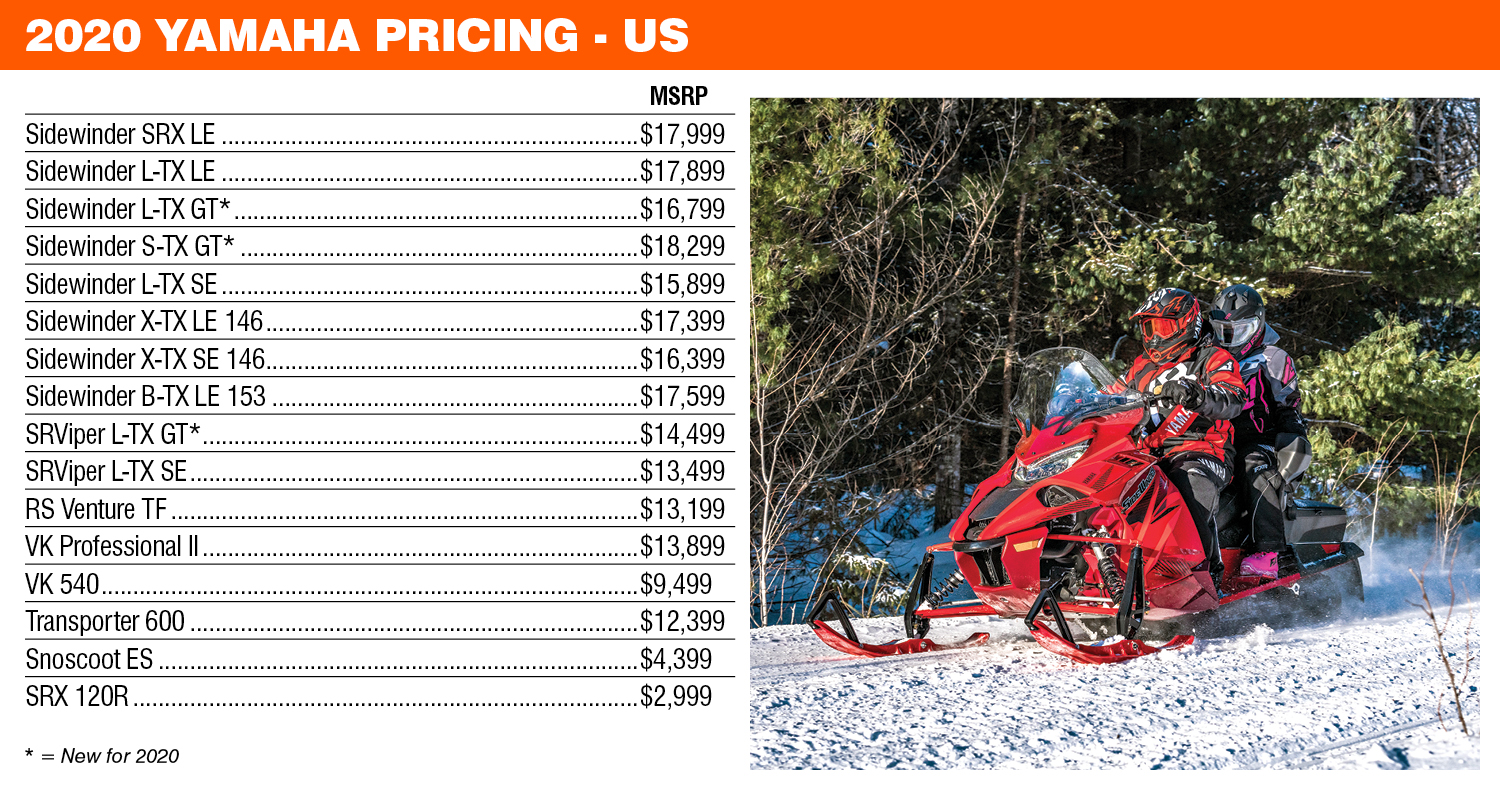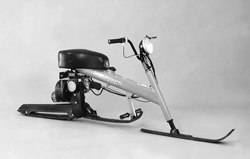My first visit to a snowmobile manufacturing facility was an eye-opener, to say the least. An article in this month’s issue had me thinking back to a lesson I learned that day.
It was the late fall of 1993. I was assigned to cover the Team Arctic Race School in Thief River Falls, Minnesota. While there, I got a quick tour of Cat’s factory.
The first thing that hit me when we entered the plant was a wall of sound and a heavy industrial smell. As we entered the first large work area, large machines were punching out tunnels while racks above my head circulated steel and aluminum skis (remember those?) that had just come out of the paint booth. On my tour, I saw various sub assembly stations, and other areas where big pallets of major components – engines from Suzuki, shock absorbers from Fox and Ryde FX, tracks from Kimpex and Camoplast – were waiting their turn on the main line.
To a first-time visitor like me, it was chaos. A couple years later, Cat redesigned its factory into an easier-to-follow flow, but in ’93 the main assembly line seemed endless, as it weaved throughout the factory. The actual sleds started with bare tunnels and frames, and as I walked through, I could see where heat exchangers were added, suspension systems were bolted in, tracks were mounted, engines were mated with clutches, chaincases, brakes, exhaust and cooling systems, cables were run, body work was added, etc. Steering systems, gauges, handlebars, seats, hoods, graphics — it was a fascinating process that required acres of space, utilized tons of high-end equipment and featured hundreds of workers.
Then I was led to a much smaller area, where Tigershark personal watercraft were pieced together. Instead of the serpentine path of the snowmobile assembly, the PWC assembly was a straight line, with a couple dozen workers and just a fraction of the equipment. Fiberglass tubs met other body work, an engine was mounted and mated to an impeller. Handlebars connected to a low-tech steering mechanism. There were no shocks, suspension systems, brakes, clutches, chaincases, tracks or skis. Yet the PWC sold for more money.
My host sensed my amazement and whispered “Higher profit item, here.” Later, a different Cat official clarified the statement. Yes, the Tigershark could be more profitable, he said, if Cat could sell more and bring down unit costs. But Cat was making a lot more money on its higher-volume snowmobiles because it could spread the manufacturing costs across more machines.
Soon, four-stroke or high-tech two-stroke engines became mandatory in the PWC market, while at the same time watercraft sales were in a multi-year decline. They became much better boats, but at a higher price. Soon most PWC were selling for more than $10,000 and Cat and Polaris bailed on that market due to lack of profitability.
Like PWC, snowmobiles have become far more complex in recent years and are now far better machines than they were 10 years ago. But unfortunately we consumers have to pay for the research, testing, development and manufacturing costs when we buy a machine.
We examine the issue on page 46, in our story about the cost of snowmobiles. The purpose of the story isn’t to assess blame nor let anybody off the hook. It merely looks at why snowmobile costs have outpaced inflation. Unfortunately, the snowmobile market is caught in a triple bind right now — the machines are far more complex, the manufacturers are building fewer so they can’t spread the cost, and the economy has tanked — and that is why prices now resemble those of personal watercraft.
Hopefully, it’ll snow so much this winter that people will forget all of the woes of the macro economy and get re-engaged with the sport. Snowmobiling is such an intoxicating sport that it can overcome a lot of things, if we just get the snow.





